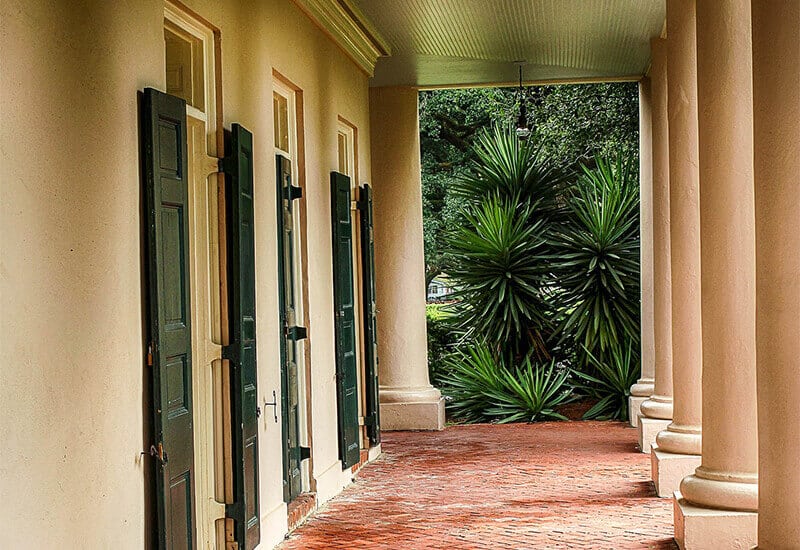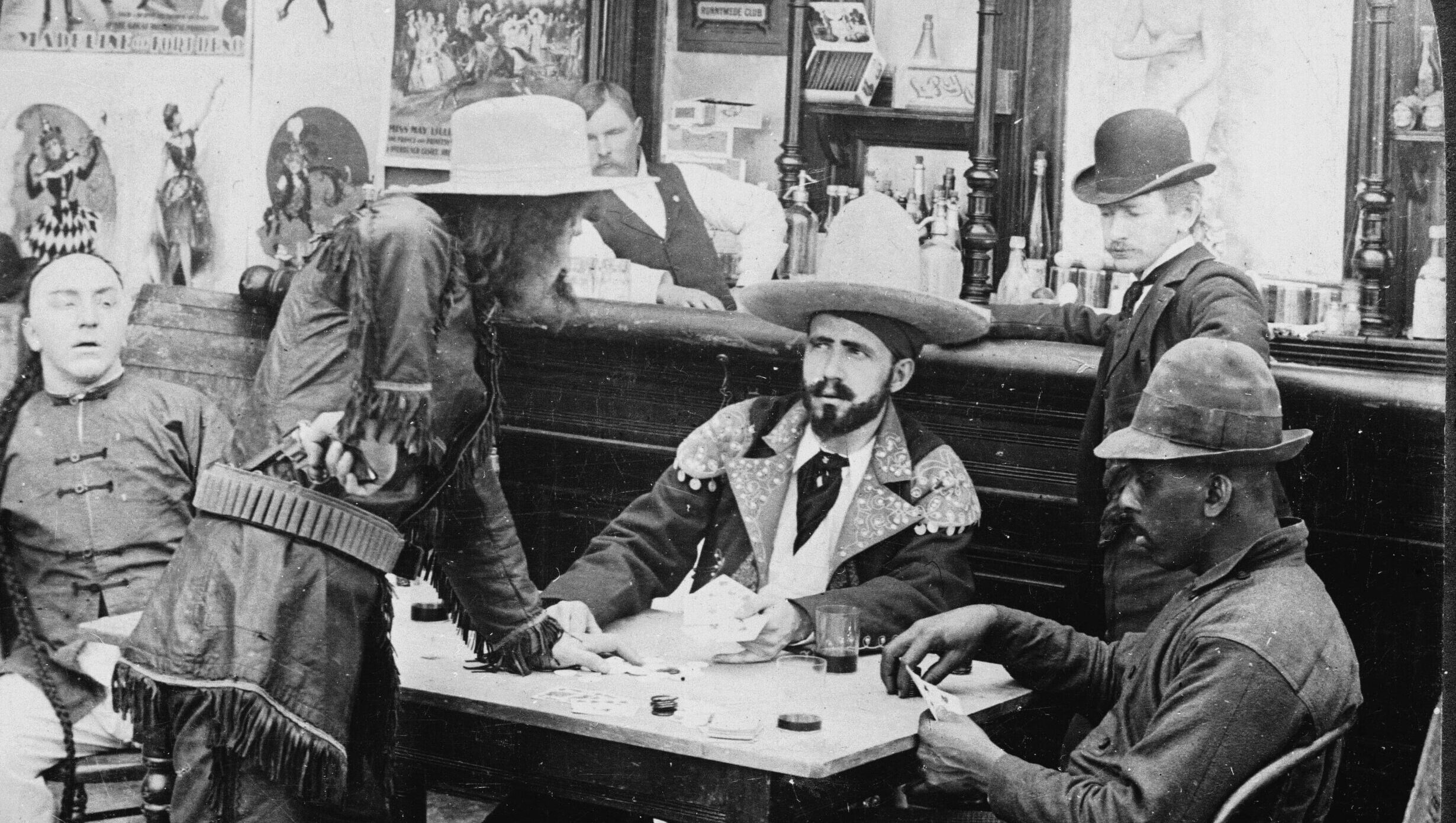The Southern Critics: An Anthology,
edited by Glenn C. Arbery
(Wilmington, DE: ISI Books, 2010)

Literary criticism has seen no evolution within the twentieth century as salutary as the New Criticism. Its heyday was long and widely influential among both scholars and teachers, spanning from the 1920s into the early 1960s. The New Critics embraced a type of formalism in literary study (formalist was a term Cleanth Brooks loved to use to describe his approach to poetry). In this method, the critic primarily considers the literary work of art as an aesthetic object with its own integrity, thus refusing to reduce literature to mere history, biography, or the putative intent of the author.
In recent decades, the postmodern reactions against the dominance of the New Criticism were violent and quick, and by the early 1980s the New Critics were almost universally renounced by the mainstream guild of literary scholars. In this process of renunciation, the vital and complex ethos of their work as a group was often distorted, a state of affairs that obtains to this very day. One of the most common objections to the New Criticism was that it is ahistorical, ignoring the vital connection between art and culture and the profound link between an author’s work and its place in history.
Even a passing acquaintance with the actual lives and thought of the New Critics reveals how spurious this objection truly is. Few scholars and critics of their generation devoted themselves with greater fervor to the relationship between art and culture than the heterogeneous group lumped under the term New Critics, a group containing such various figures as T. S. Eliot, Yvor Winters, Ezra Pound, Austin Warren, F. R. Leavis, William Empson, Delmore Schwartz, Randall Jarrell, R. P. Blackmur, and Kenneth Burke. Yet this list is woefully incomplete without mention of the American Southerners who played such a prominent role in the ascendency of the New Criticism, including Allen Tate, Robert Penn Warren, John Crowe Ransom, Donald Davidson, and Cleanth Brooks. A profound interest in the connections between art, culture, and one’s region was ubiquitous among the Southern critics.
The Southern Critics, edited by Glenn Arbery, does full justice to the breadth and depth of the literary South’s most astute minds in the twentieth century. The selection, editing, and organization in this volume are expert, giving the reader a nearly epic perspective on the enterprise of the Southern critics. Right away one realizes that this is not simply another book about the New Criticism’s Southern luminaries. Literature is certainly the common thread uniting all the figures represented in the anthology. The usual suspects counted among the Southern New Critics, the poets and scholars from Vanderbilt known as the Fugitives and their circle of acquaintances, are given their due (for example, John Crowe Ransom, Donald Davidson, Allen Tate, Robert Penn Warren, et al.). Yet Arbery includes several important figures, two women in particular, who are often wrongly neglected in the intellectual history of Southern criticism: Caroline Gordon and Flannery O’Connor. A clear continuity and sympathy of thought exists between these two most literate and brilliant daughters of the South and the critics and poets emerging from Vanderbilt. Thus many, though not all, of this volume’s essays treat the method of formalist literary criticism propagated by the Southern New Critics, yet The Southern Critics does justice to the broader cultural interests of these figures. The anthology explores the full range of the Southern critical analysis of regional history, agrarianism, economics, sociology, human nature, and religion. The Southern Critics reveals that the literary figures from the South were hardly mere peddlers of a bloodless and dry school of “pure” literary criticism; rather, they were astute students of human culture as incarnated in their own particular region.
The Southern Critics has a tripartite structure. The first section of the volume is titled “In Dixieland.” We already see an overlap between literature and culture in the South—the region’s greatest literary figures were also its greatest defenders. In the early twentieth century, the Old South was at a crossroads, caught between the post–Civil War years of defeat and Reconstruction and an uncertain industrial future. What would Dixieland become in the emerging modern world? Two of the four essays in this section are drawn from the 1930 Southern manifesto I’ll Take My Stand—John Crowe Ransom’s “Statement of Principles” and Andrew Lytle’s “The Hind Tit.” Both essays passionately urge the South to retain its local agrarian economy and resist industrialization. Ransom’s principles and Lytle’s lush depiction of agrarian life remind us that man and his labor are intended to be intimately tied together. Both essays also warn against the alienating and dehumanizing impact upon individuals, families, and society characteristic of wide-scale industrialization and for-profit farming. Essays by Tate (“What Is a Traditional Society?”) and Davidson (“Why the Modern South Has a Great Literature”) strike a similar note. Tate argues that a traditional society, like the old agrarian South, allows for the possibility of man attaining “a unity between his moral nature and his livelihood.” His work and modes of life, tied to the land, help perfect his humanity instead of compromising it. While this harmony was never perfectly attained in the South, Davidson argues, its presence in the regional memory accounts for its uncontested greatness in producing modern literary figures (such as William Faulkner).
The second section of The Southern Critics, entitled “The Case for Poetry,” is more explicitly devoted to literary criticism and its methodology. Essays of canonical significance among the New Critics, such as “Three Types of Poetry” (Allen Tate), “Poetry: A Note in Ontology” (John Crowe Ransom), “Criticism as Pure Speculation” (Ransom), and “The Heresy of Paraphrase” (Cleanth Brooks), meticulously explore the proper object of literary analysis—the literary work of art itself (abstracted from such issues as historical and cultural context, authorial intent, or the author’s biography). These essays are a theoretical and practical education in analyzing literature as art (and not literature as history, popular psychology, or sociology). Yet even in this section we see that for the Southern critics, a formal approach to literature naturally broadens into an interest in history, culture, and human nature. For instance, in “Forms and Citizens,” largely devoted to a study of John Milton’s “Lycidas,” John Crowe Ransom observes the powerful cultural connection between arts, manners, and religion and makes much of the cultural significance of ritual in religious practice (and how the tension between these registers is represented in Milton’s poem). Perhaps no essay dispels the gross caricature of the supposed “ahistorical” New Critic better than Donald Davidson’s “Poetry as Tradition.” In this essay he frets over how disassociated the modernist poetics has become from the lived forms of human society and language. He worries that high modernists like Eliot and Pound no longer have a connection to what gives poetry its vitality—the language that serves as the current of our social life. He fears that the poet is losing his important place in the human community when he becomes a poet of the printed text and is no longer heard on the lips of the populace. Davidson points out that when poetry transfers itself from the spoken word to the written page, it no longer influences but is influenced by the language habits of the culture.
The Southern Critics ends on a theological note. The third section carries the title “The Sacramental South” and includes essays by Allen Tate (“Our Cousin Mr. Poe” and “The Symbolic Imagination”), Caroline Gordon (“Some Readings and Misreadings”), and Flannery O’Connor (“The Catholic Novelist in the Protestant South”). This section explores how the Southern imagination naturally sees art as a theological enterprise. As Flannery O’Connor astutely observes, “The Hebrew genius for making the absolute concrete has conditioned the Southerner’s way of looking at things. That is one of the reasons why the South is a storytelling section.” Literature is narrative: it tells a story. Given the region’s entrenched Christianity, the Southern gift for story and literature quite naturally locates itself within the biblical narrative of salvation history. O’Connor sees that, while she’s an outsider in the South as a Catholic, her region offers her some great advantages as a fiction writer: a rich local heritage and a deeply biblical view of man and culture. Allen Tate, too, emphasizes that literature ultimately seeks to represent humanity sub specie aeternitatis. Tate roundly castigates Edgar Allen Poe’s contempt for the human and the particular in his fiction (making Poe an odd Southern “cousin”) while venerating Dante for his faithfulness to the image, the symbol, and the Thomistic notion that man is best understood as an embodied spirit. Dante found that the concrete nature of human existence mediated and symbolized the divine; Poe, on the other hand, sought to abolish matter and the human body in search of some gnostic spiritual core of consciousness. Caroline Gordon explores the provocative notion that all truly great literature, whether written by a believer or not, is simply a derivative narrative that finds its full meaning and power in the great biblical narrative of Christianity. She refers to it as “the primal plot” that “is so deeply rooted in us all that . . . we may apprehend it without realizing what we are doing.”
Perhaps Gordon’s notion of the “primal plot” as the engine that drives even modern literature is the proper lens through which to evaluate the work of the Southern critics taken as a whole. Their literary gifts, both critical and creative, were immense. Yet their aspiration was grander than simply evaluating literary form. The Southern critics considered art and culture as expressions of human nature, and they conceived that nature expressed through their region’s history in a fashion strikingly similar to that of the medievals. The Southern mind tends to see humanity as homo viator—man the wayfarer. Man is on a journey through time and place toward eternity, and the work of the Southern critics always kept that grand eternal trajectory in mind. To borrow a phrase from William Faulkner’s Nobel Prize acceptance speech, the Southern critics evaluated art, history, and human culture with an eye toward perceiving the “old verities and truths of the heart, the old universal truths lacking which any story is ephemeral and doomed.” ♦
Aaron Urbanczyk is the Write Reason Plan director at Aquinas College in Nashville, Tennessee.














